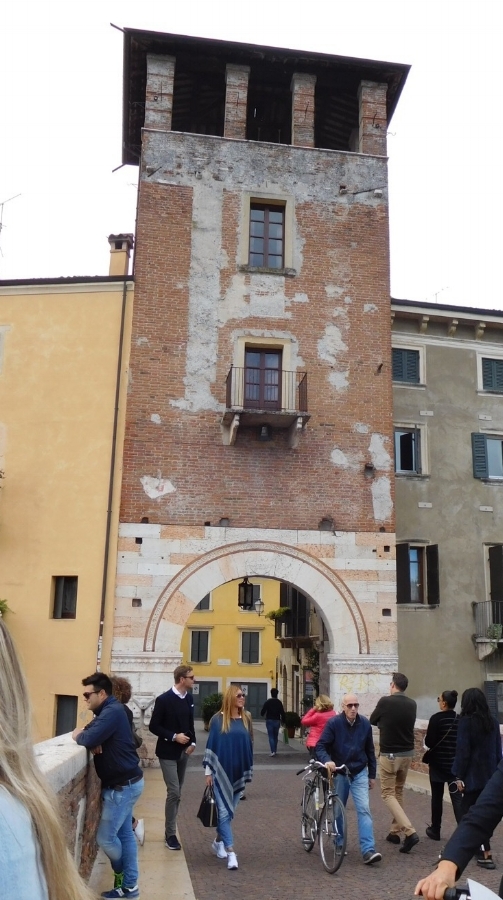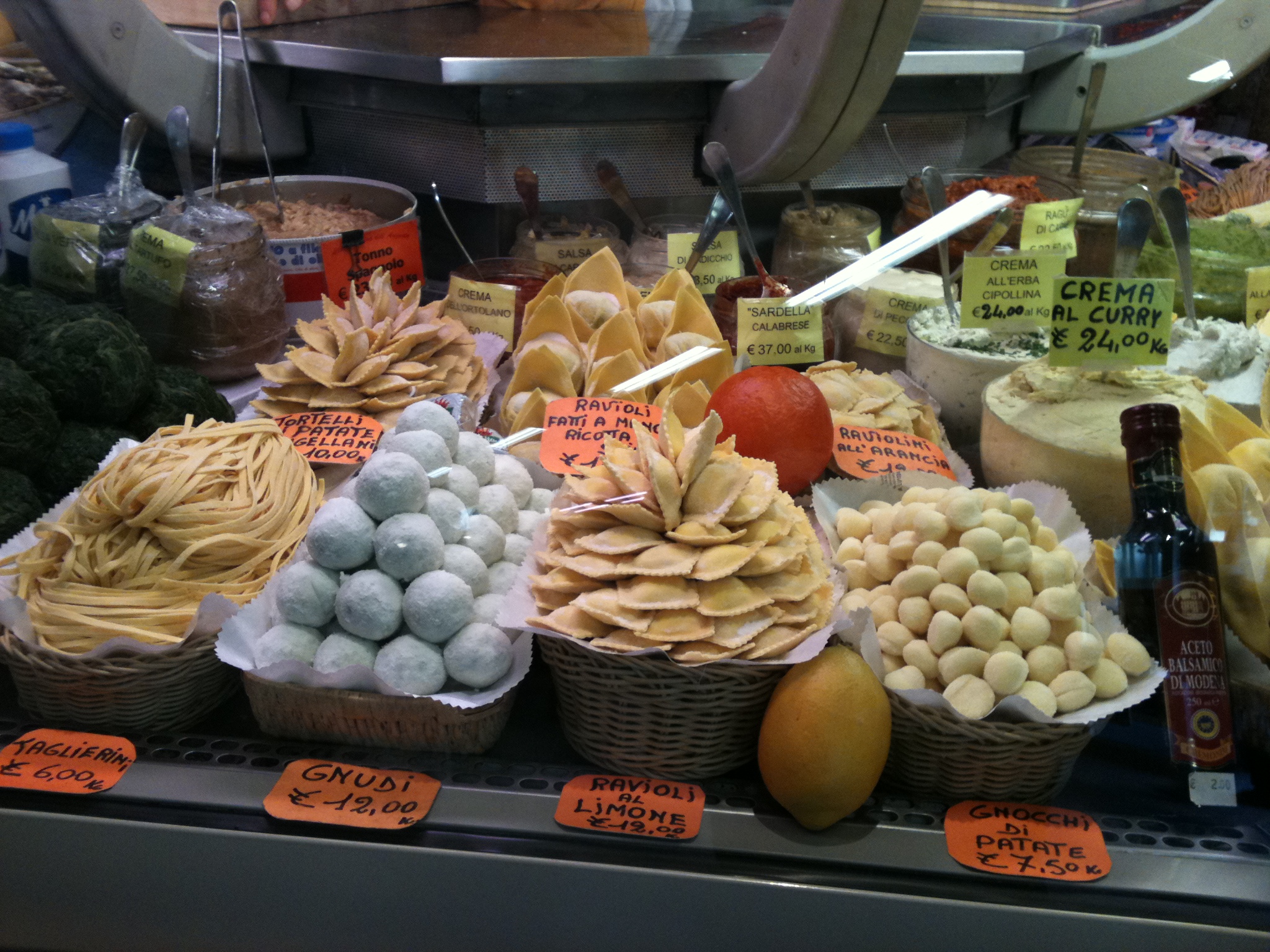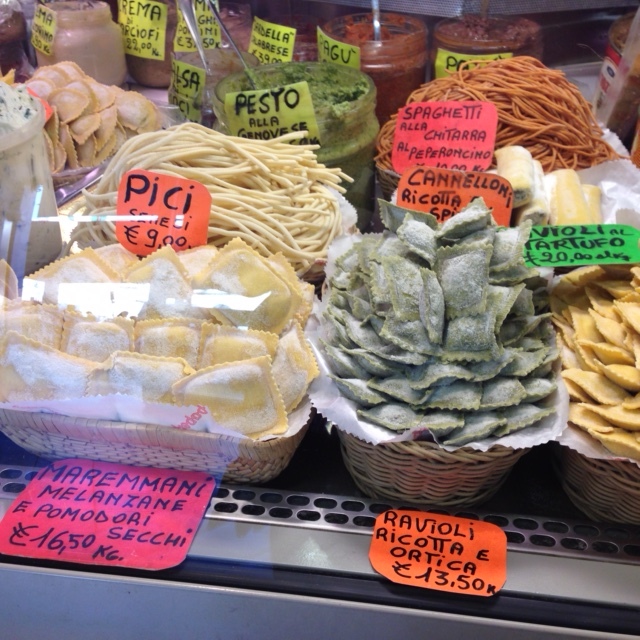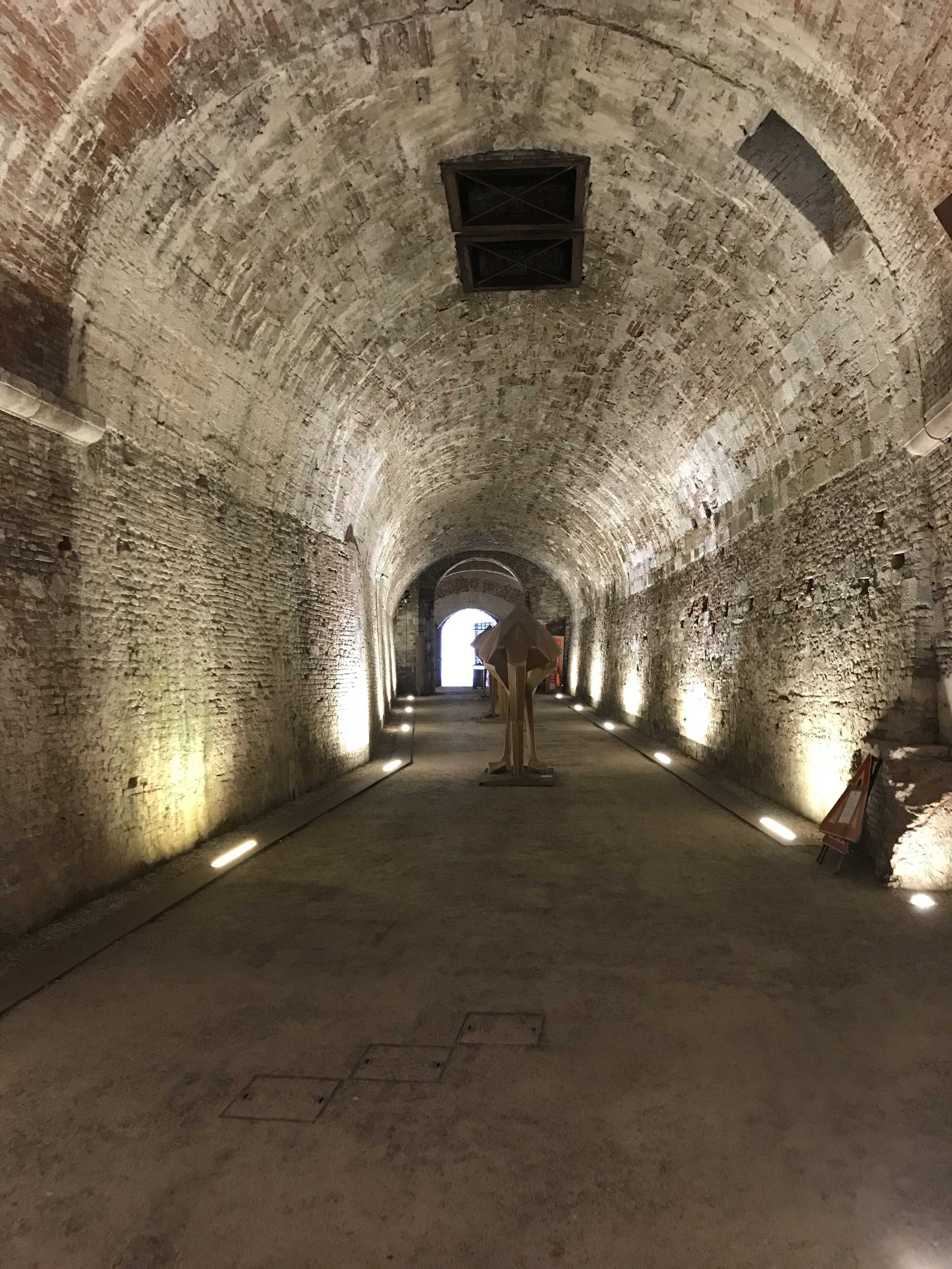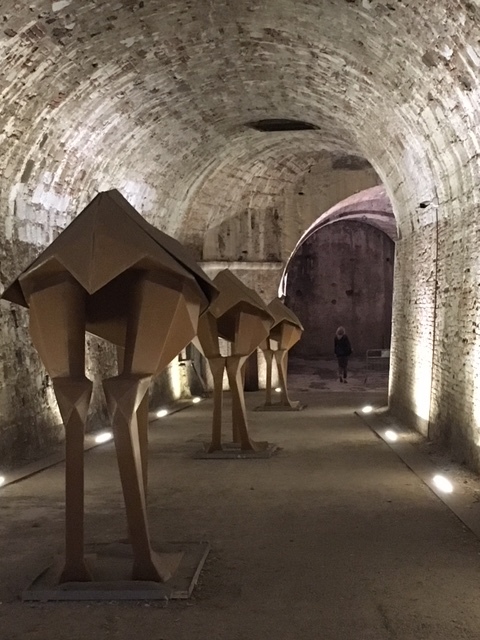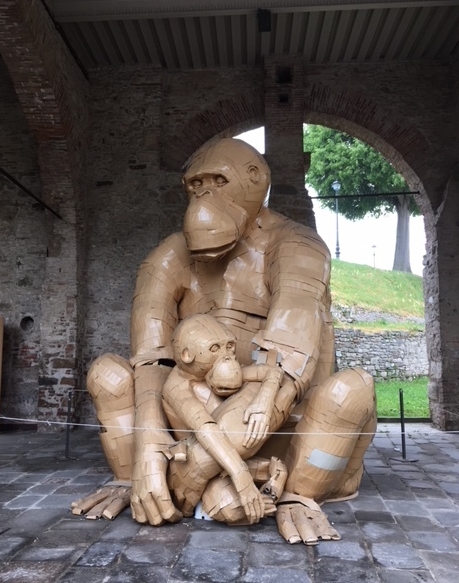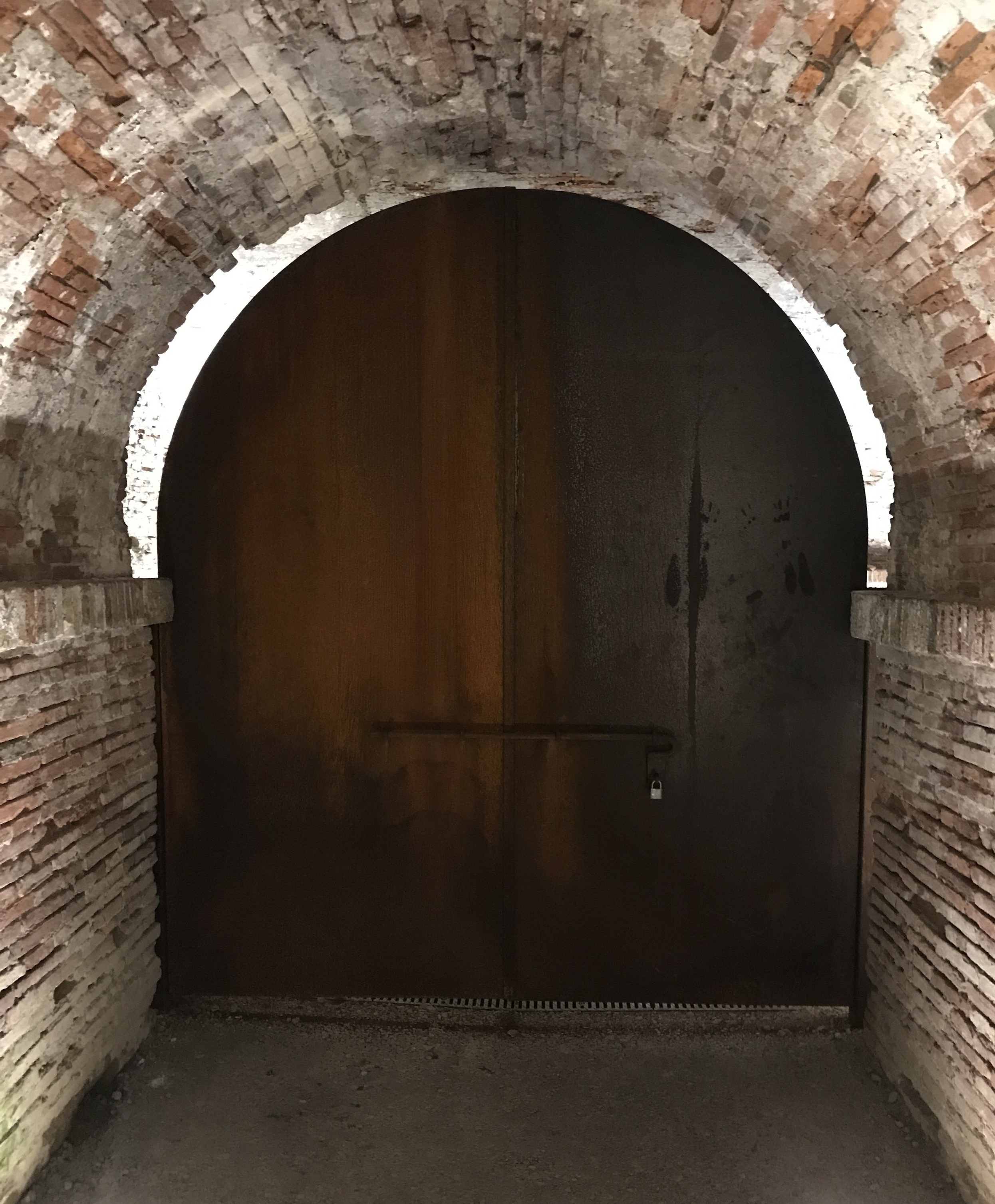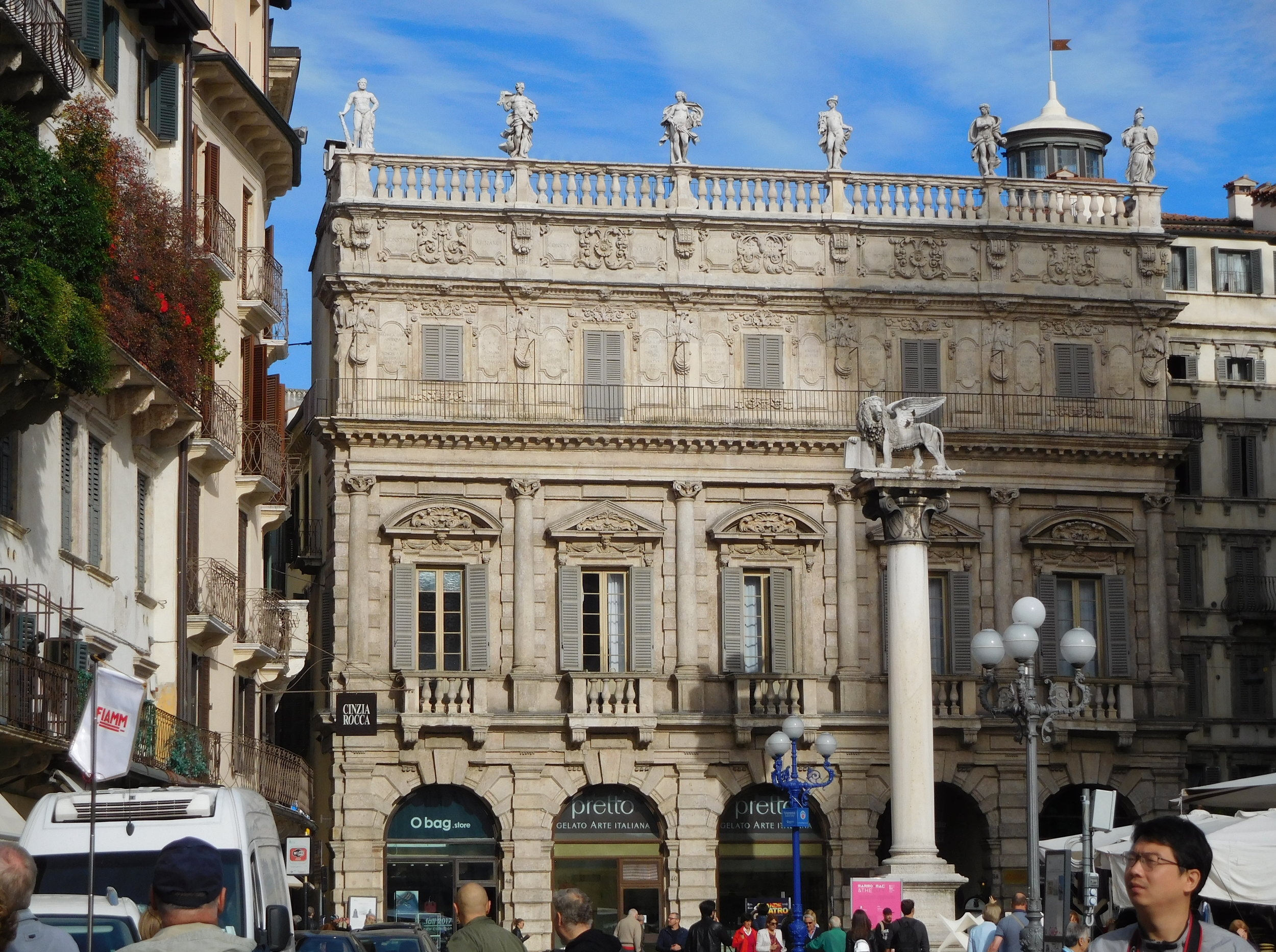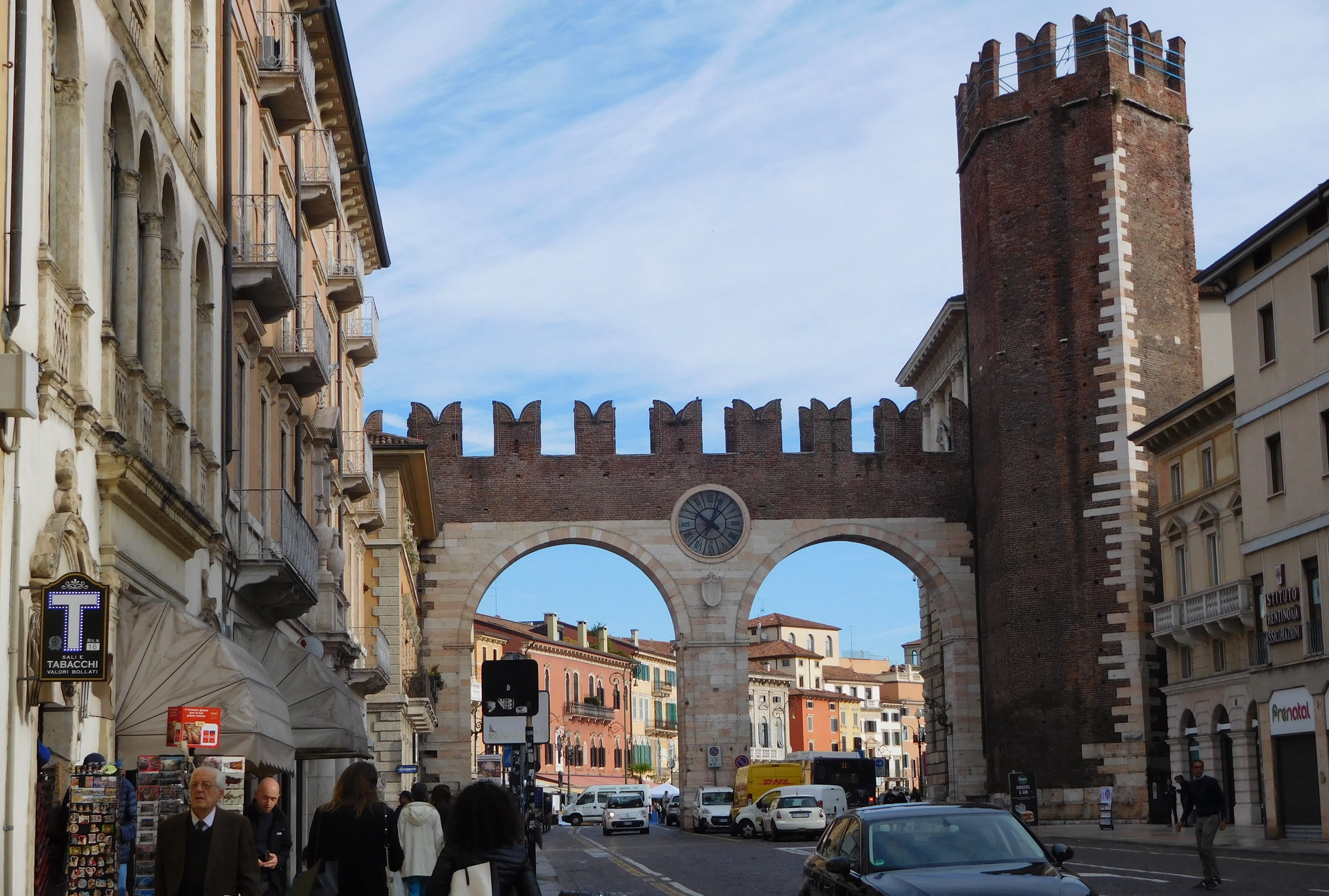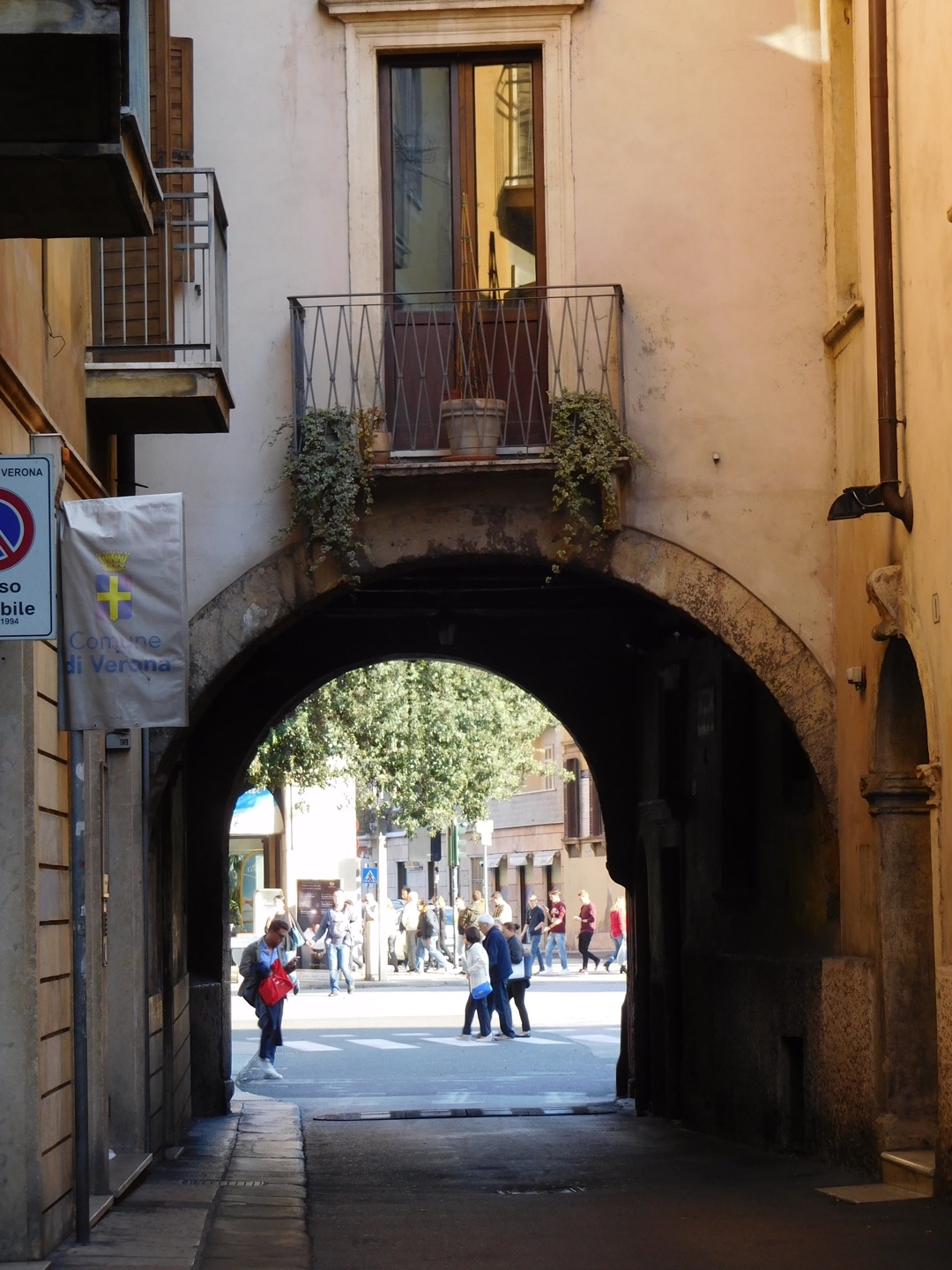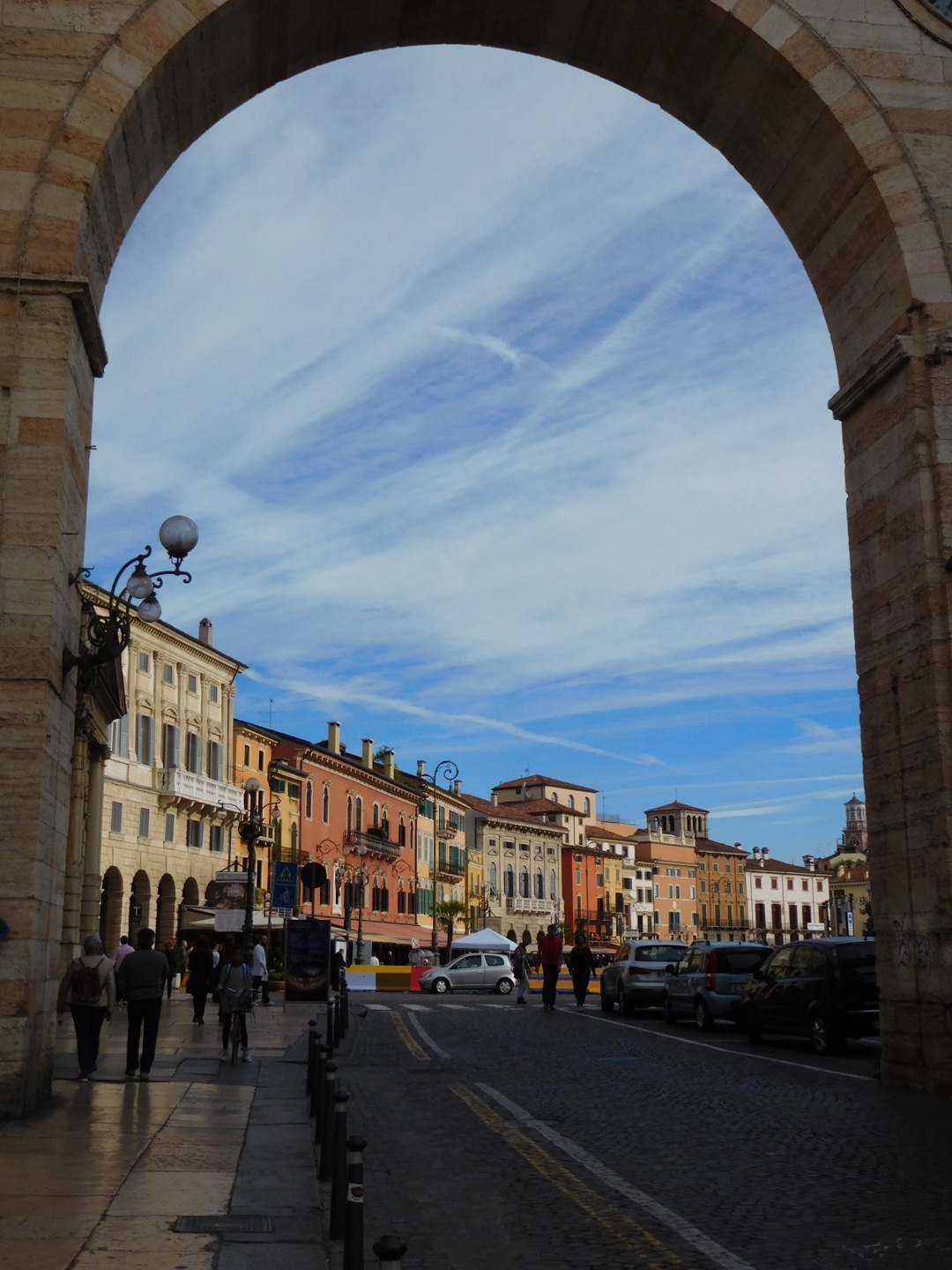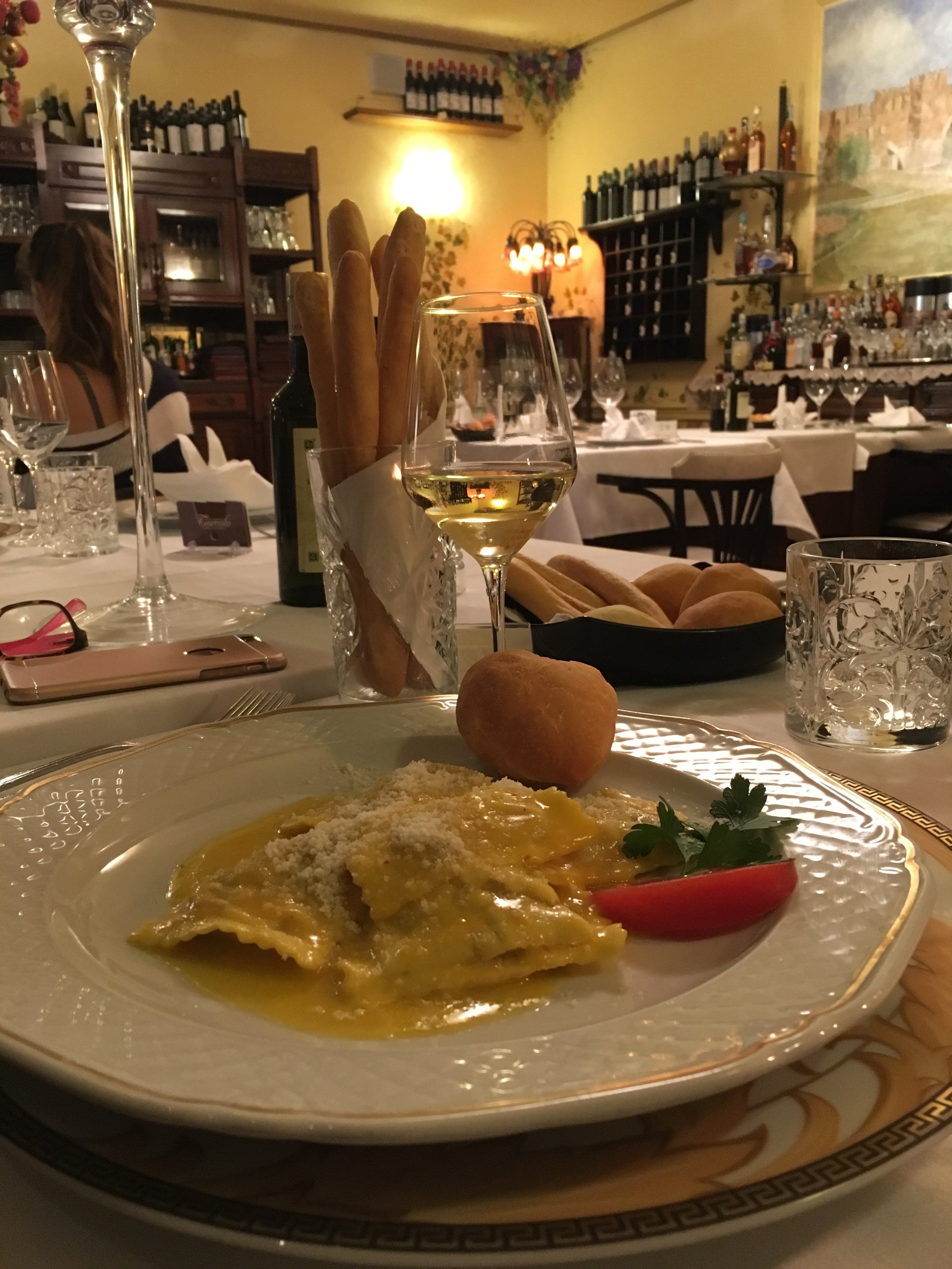"Stuck" in Italy
As much as I love to travel, there are times when it absolutely is not fun. Take, for instance, my most recent trip to Italy. The time spent in Italy was, as always, fantastic. The time spent getting home from Italy was not. The experience prompted me to think about the best tips I have for those times when travel plans go awry.
Travelers wait to learn whether their flight has been delayed or canceled at the Florence airport.
Here's what happened: I was scheduled to fly from Florence to Paris and then to the United States. Fog rolled into Tuscany, however, and my flight out of Florence was canceled, along with several other flights. I was unable to get on another flight that day so I spent an unexpected night in Florence and was re-booked for the next day.
It's hard to complain about having to spend an unexpected day in Florence.
Here’s what helped me cope (beside the fact I was "forced" to spend a day in Florence).
Travel insurance. When I travel internationally, I always buy travel insurance. If you purchase soon after booking your trip, it’s cheaper. There are several online sites where you can get instant quotes. Depending on the coverage you choose, travel insurance can help cover the costs of delays, lost luggage, hospitalization and more.
Airline status through frequent flier programs. If you are going to travel a lot, you will benefit from a frequent flier program (or two or three) - not only because you will earn miles that can be redeemed for flights or upgrades but also because you will earn “status.” Status equates to perks and one of those perks is a dedicated telephone line at the airline for when you need help. When my flight from Florence was canceled, I called that line and within 20 minutes had been rebooked for the following day. I didn’t have to stand in line with the hundreds of other people whose flights had been canceled, and I didn’t have to try to solve the problem on my own.
Airline apps. I have the app for the airline I fly most frequently on my smartphone. That means I have my flight confirmation information at all times. The app also sends me updates when the flight is boarding or delayed. It lets me check in the day before. It includes contact phone numbers for the airline. And it even alerts me when my luggage has been loaded on the plane!
Some advance planning. I always pack for the trip home hoping for no delays, but prepare for one just in case. That means having an extra set of underwear, a change of clothing, PJs, any needed medications, a good book, and other essentials with me for my flight home. Having these make a delay much easier.
An attitude of gratitude. As much as I don’t like having my travel plans upended by weather or mechanical problems, it happens. I was “stuck” in Europe for an extra day twice last year. But being “stuck” in Europe is hardly a hardship. I am lucky to be able to travel. I try to remember that when delays happen. -post by JG
The view from the plane window once I was traveling after being delayed for a day in Italy.





